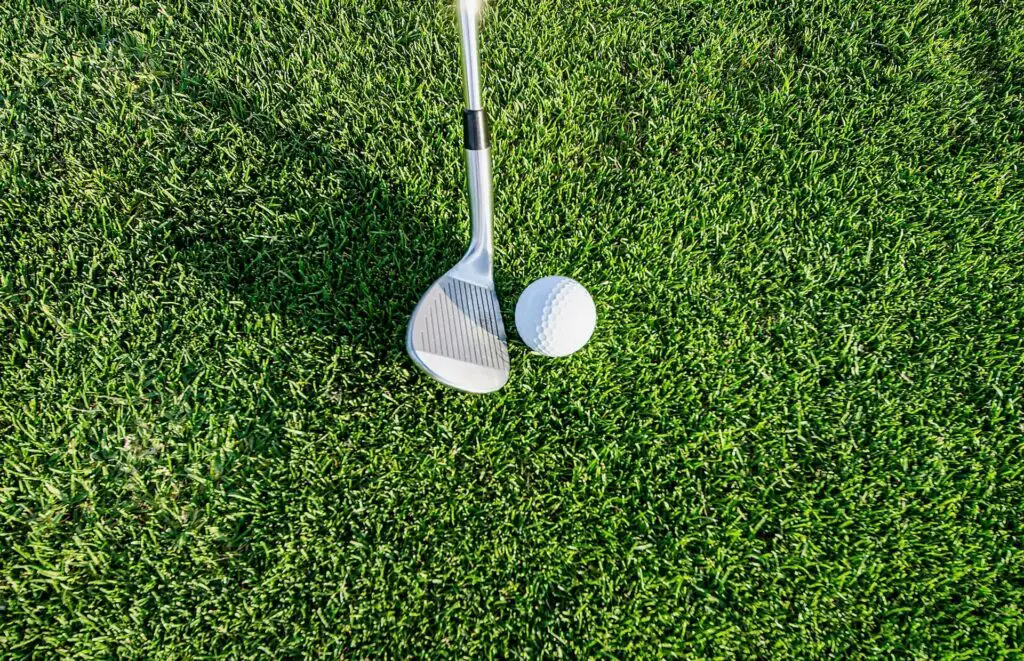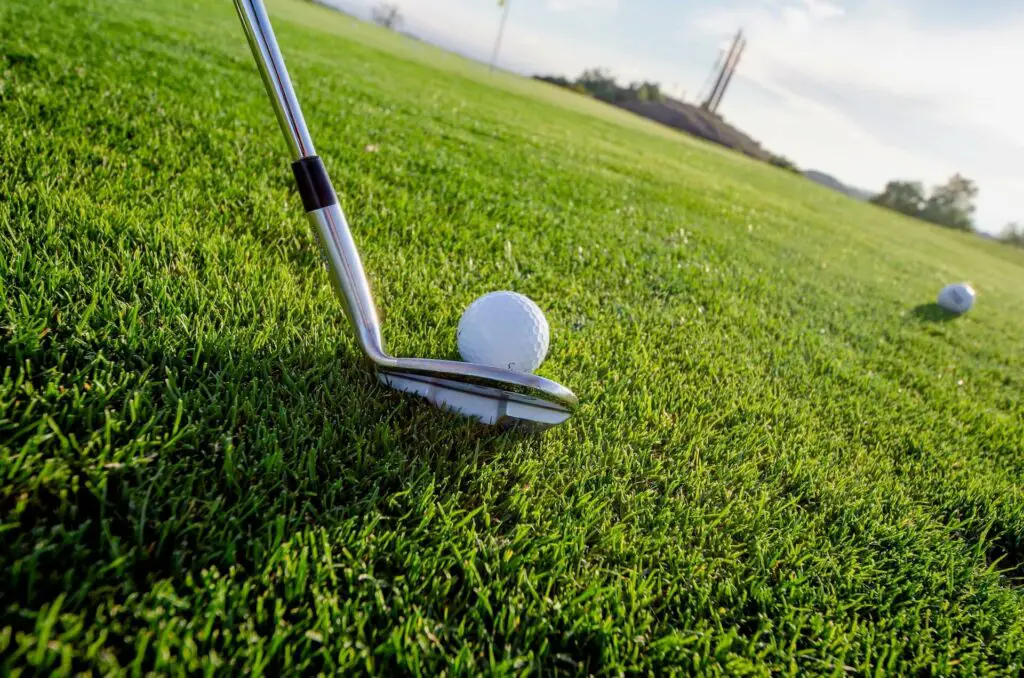Physical Address
304 North Cardinal St.
Dorchester Center, MA 02124
Physical Address
304 North Cardinal St.
Dorchester Center, MA 02124
Golf clubs come in various shapes and sizes, but all have one goal: to help you hit the ball. But with so many on the market, it can be hard to choose the right one. We’ll learn what a 1 club in golf is, what drivers are available, and some tips on finding the best for your game.
A 1 club is also known as a driver or 1-wood. That is a type of golf stick used to hit the ball off the tee and is the longest and most powerful. Drivers are typically the widest, giving them more surface area to hit the ball and making them ideal for long drives.

A 1 club, also known as a driver, is a golfing stick with a single head used for making long shots. This is the essential stick for a golfer, as it is used to hit the ball the farthest distance. You can’t play one or two holes of golf without knowing this first.
The driver has the longest and lightest shaft in a golfer bag and is meant to be hit off the tee on long holes where the fairway is wide open. It has the lowest loft angle, sending balls flying through the air at low trajectories and high speeds.
They’re also the most expensive clubs, more costly than wedges, so choosing one that fits your swing and budget is important.
When choosing golfing clubs for beginners, you’ll encounter the words 1 club, driver, and 1-wood. These are all the names for the same stick – the longest and lightest in the bag.
It’s important to select a driver of the right length and weight for your swing. They’re typically 45 inches long and weigh around 10-15 pounds; their loft angle ranges from 8.5 to 16, with 10.5 being optimal, according to many.
If you’re a beginner, choosing a shorter and lighter driver is best, as this will make it easier to control. When you organize clubs in the bag, ensure there’s a 1-wood; it’ll usually be the one with the stamped number “1” on it.

A driver and a 1-wood are the same clubs, but nowadays, golfers rarely refer to their driver as a 1-wood. The story is that between the 1920s and the 1940s, there was a professional player Craig Wood, who golfed professionally on the PGA Tour.
He was a long driver in his era, earning the moniker “1-Wood” from other golfers on the Tour and in his league. He became Craig “One” Wood because he smashed his driver so far. Coincidentally, golfing clubs started getting released in a matched set and named at this time.
In any matched and numbered set, the number “1” started showing up on the soles of drivers. As a result, they also acquired the nickname “1-wood.”

Before the 1920s and Craig Wood’s PGA Tour era, club names or numbers weren’t a thing. There were nicknames like niblick and mashie, but it wasn’t until the 1930s that it really took off. When matched sets came along, the names were changed to numbers such as 3-irons, 4-irons, and alike.
Generally, golfing clubs are numbered for two reasons. It makes it easier for golfers to identify which wedges they want to use and how far to hit the ball. The numbering system goes from one to ten, with one being the longest and ten the shortest stick.
Today, you can quickly identify different types of irons and woods by the stamped numbers on the soles. When a golfer peeks into their bag, they’ll quickly find what they’re looking for without the need to check the shaft.
There are also three different types of clubs:
Once you understand different irons, woods, and putters, you can focus on one type; when starting, it is best to use a set that includes all three.
Here’s a chart of the stick types and their shot ranges, but remember that play styles can affect these numbers, meaning that some golfers don’t achieve the same distances. These are average numbers.
| Club Type and Name | Shot Range |
| 3-wood | 210 yards |
| 5-wood | 180 yards |
| 2-iron | 190 yards |
| 3-iron | 180 yards |
| 4-iron | 170 yards |
| 5-iron | 160 yards |
| 6-iron | 150 yards |
| 7-iron | 140 yards |
| 8-iron | 130 yards |
| 9-iron | 120 yards |
| Driver | 230 yards |
| Putter | Anything in the green |
| Pitching wedge | 110 yards |
| Sand wedge | 90 yards |
| Lob wedge | 65 yards |
There are a lot of drivers on the market, and it can be tough to know which one is the best for you. You need to consider your experience level, budget, and the type of terrain you’ll be playing on.
That said, a few drivers stand out from the pack. The Callaway Big Bertha Alpha 816 Double Black Diamond is an excellent option for experienced golfers who want maximum distance and forgiveness. Its loft is between 9 and 10.5 degrees – ideal, and its shaft is graphite.
If you’re looking for something a little more affordable, the TaylorMade M2 is a great choice. It’s versatile enough to be used on any terrain and delivers incredible distance and accuracy; it has a Fujikura stock shaft for a high launch and mid-to-high spin.
And, according to Golf Digest, the biggest golfing-related magazine and website, the following drivers have gold certificates in quality:
The best way to work on your game is to cash out for a golfer association membership and get a coach to help you improve. However, using drivers to improve golfing skills is sometimes controversial. Some people swear by it, while others think using them for anything other than tee shots is a waste of time.
Using drivers can help with your swing but only under specific circumstances. If you’re having trouble getting the ball airborne or keeping it in the fairway, then using a driver may be helpful. Just make sure you take the time to practice, so you don’t lose any accuracy on your shots.